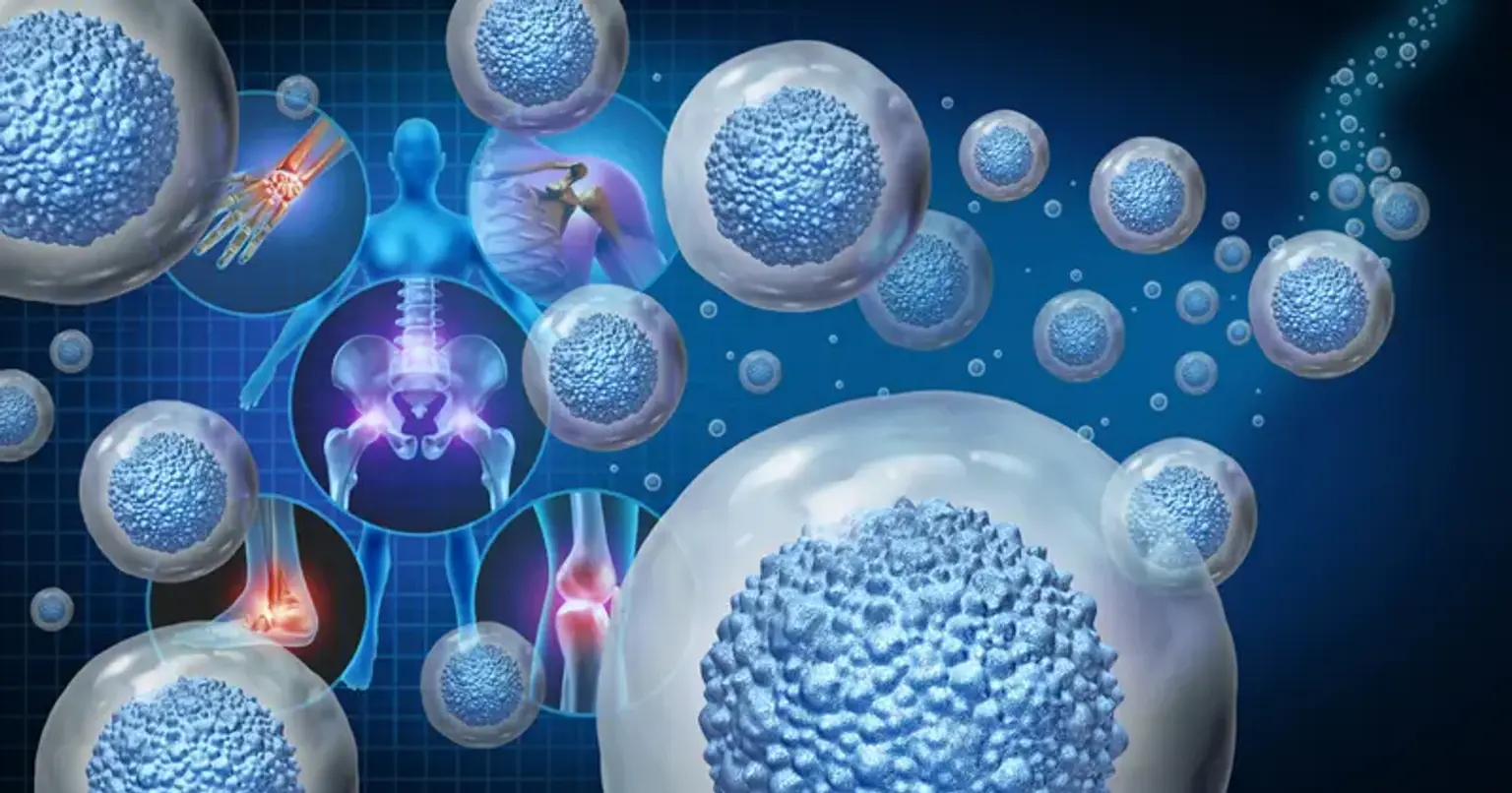Haploidentical Stem Cell Transplantation
Overview
Being diagnosed with blood cancer or a blood condition can be a frightening experience for you and your family. To be fit and healthy, you need strong bone marrow and blood cells. A stem cell transplant may be your best therapy choice if you have a disorder that affects your bone marrow or blood. For some, it provides hope of a possible cure.
Hematopoietic stem cell transplantation from haploidentical donors is an appealing form of transplantation because of the quick availability of donors, the simplicity of stem cell procurement, and the opportunity to collect more donor cells for cellular treatment if necessary.
